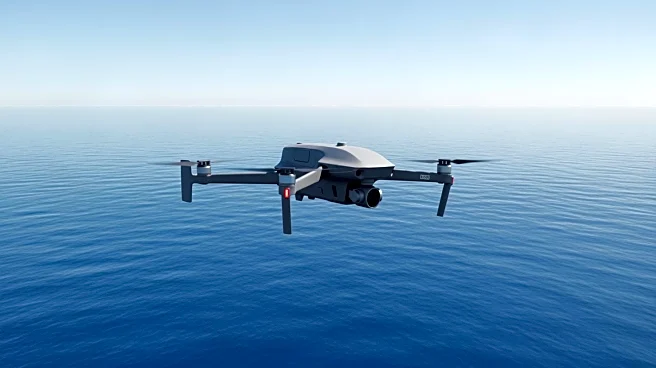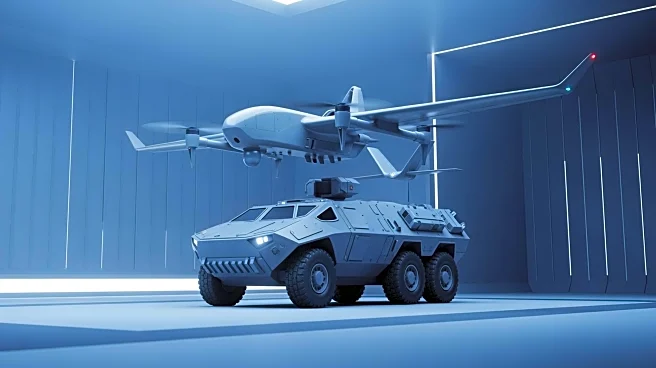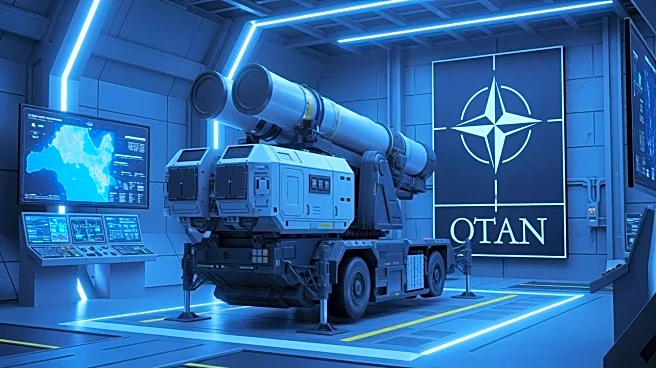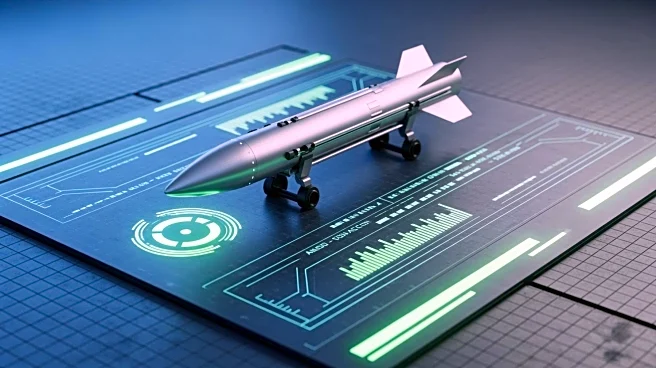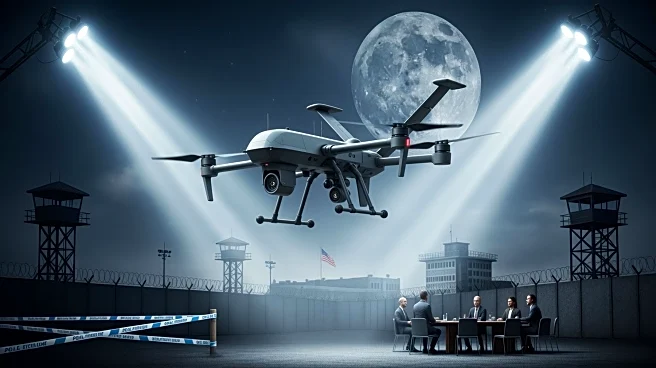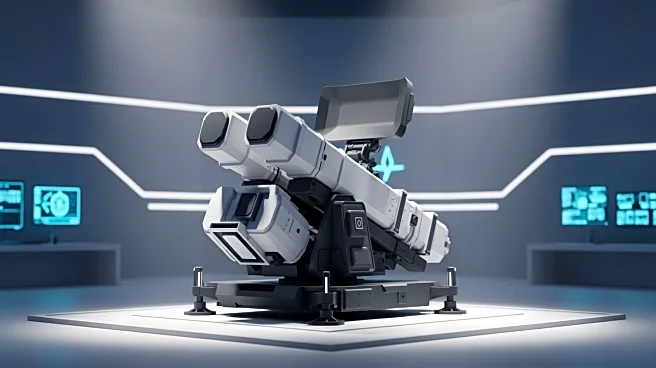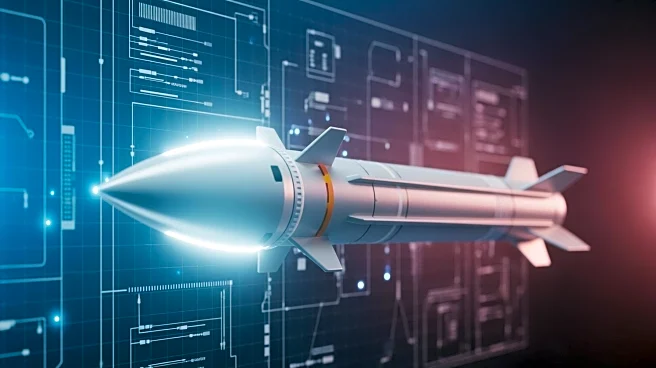What's Happening?
Raytheon has commenced deliveries of its PhantomStrike radar systems to Korea Aerospace Industries (KAI) for installation on FA-50 light attack aircraft. The contract includes 100 radars, with Poland designated
as an end-user for 36 of these systems. The PhantomStrike radar, approved for export by the U.S. government, is a low size, weight, and power (SWaP) active electronically scanned array (AESA) radar. It offers capabilities such as air-to-air and air-to-ground surveillance, target acquisition, and electronic warfare support. The radar employs gallium nitride (GaN) technology for enhanced threat detection and tracking. Raytheon describes the PhantomStrike as cost-effective, with advanced target detection and resistance to jamming.
Why It's Important?
The delivery of PhantomStrike radars to Poland represents a significant enhancement of the country's military capabilities. The radar's advanced features will improve the FA-50 aircraft's operational effectiveness, providing better surveillance and targeting capabilities. This development is crucial for Poland's defense strategy, especially in light of regional security challenges. The integration of cutting-edge radar technology into Poland's military assets underscores the importance of technological advancements in modern warfare. It also highlights the role of international defense collaborations in strengthening national security.
What's Next?
As Raytheon continues to deliver PhantomStrike radars, Poland will likely focus on integrating these systems into its FA-50 fleet. This process may involve training personnel and updating operational protocols to maximize the radar's capabilities. The successful deployment of these radars could lead to further defense collaborations between Poland and Raytheon, potentially involving additional technology transfers or joint development projects. The broader implications for regional security dynamics may also prompt neighboring countries to pursue similar upgrades to their military assets.
Beyond the Headlines
The introduction of advanced radar systems like PhantomStrike raises questions about the future of aerial combat and surveillance. As technology evolves, the balance between cost and capability becomes increasingly important for military procurement decisions. The use of GaN technology in radar systems may drive further innovations in electronic warfare and defense electronics, influencing global defense industry trends.



